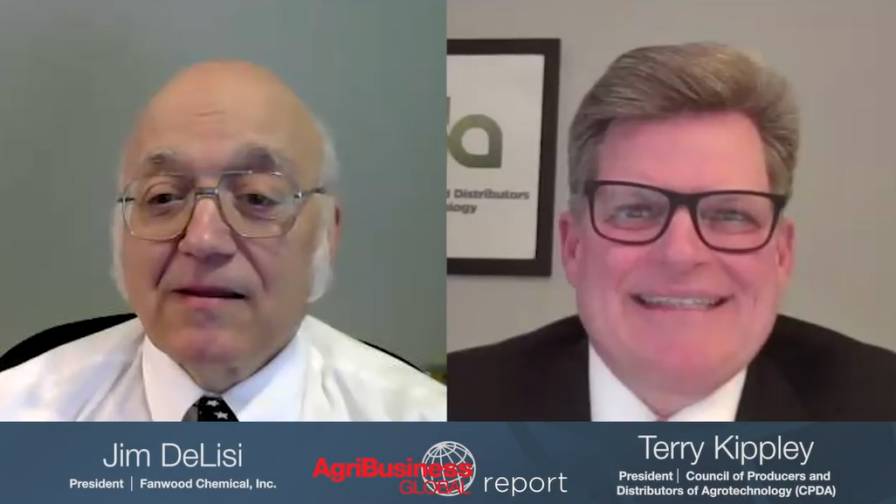3 Key Things to Understand About Soil Health
Half of the soil on our U.S. farmland is gone, writes Cheryl Baldwin on SustainableBrands.com. Conventional agricultural practices and conversion of land to cropland caused this devastating loss. The good news is that the rate of soil erosion has declined, with an even brighter path ahead.
The reason to share optimism about soil’s future is that there is a concerted and growing effort to improve our land’s soil health. The USDA spurred this shift with financial incentives for farmers through the Conservation Stewardship Program and Environmental Quality Incentives Program, among others, which require them to reduce soil loss on erosion-prone land and protect wetlands.
Yet, there is even greater momentum building: Along with farmers, diverse stakeholders are engaging in soil health, from researchers to brands. Their shared vision is that by using already accessible best practices on the field, the soil can regain its biological activity, composition and structure to sustain plants, animals, and humans — and regenerate soil health.
Baldwin says there are three keys to soil health:
- Healthy soil is a carbon and water sponge. Soil health best practices minimize surface disruption (e.g., less tilling or no tilling), keep the soil covered as much as possible (e.g., cover crops) to limit erosion, and provide plant diversity (e.g., cover crops and crop rotations) to naturally feed the soil and support greater biological diversity below the ground.
- Soil health is connected to our health. At the most basic level, soil health is a food security issue. At least 95% of our calorie consumption is derived from soil. Thus, soil productivity is critical to feed our growing population. The FAO points out that agricultural production must increase 60% globally in the coming years and that sustainable soil management could produce up to 58% more food. However, the connection between the health of the soil and our health runs even deeper.
- Soil health = economic health. Economic contributions of soil health are notable. Beyond the human health and environmental services discussed, thriving soils can bring greater yields and resilience with reduced input costs to producers.





